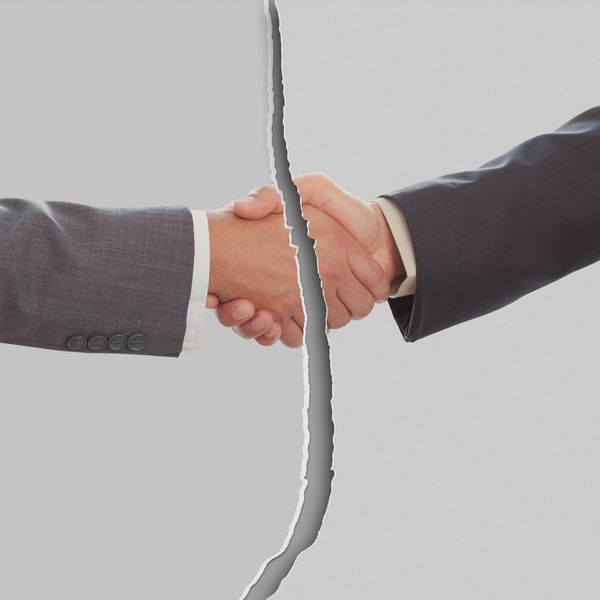Catch the Brain Trust Before It Gets Away
When it comes to the exodus of Baby Boomers from the workplace it´s the significance of the content that is getting lost. In other words, the people who´ve been accumulating content and product knowledge are walking out the door with that information tucked into their corporate memories. Indeed, the Bureau of Labor Statistics, which has been tracking baby boomers departing the workforce report that close to 25 million people will have left the workforce in the years between 1998 and 2008. And we´re getting mighty close to the end of that period.
Some companies are focusing on the obvious-technology, but that´s not necessarily the troubled area. It´s like the elephant in the living room-while everyone´s running around getting caught up on the latest technology there´s this other thing called content that´s being ignored. Maybe that´s because content is so amorphous. How do define content when it´s spread out over so many people? And how, for goodness sake, can you capture that content when it´s walking out the door?
Here´s where succession planning can help out. In many cases, succession planning is an afterthought and therefore sometimes too late to do any good. Or companies simply consider succession planning for family-run businesses only. That, of course, is a mistake. When it comes to succession planning you need to first identify key people who will be able to pick up the slack with the brain trust leaves the building. Here´s where cross training is a must. Next, you must commit to a formal mentoring program. I say "formal" because it implies some kind of accountability. If you leave it up to employees to meet on an "as-needed" basis, you may find that no one really sees a need. This is not the time to put aside your gut instincts. Rather this is the time to put a program into place that has some muscle behind it. Make sure, though, to match experienced mentors with those who don´t have the same knowledge base. Make sure, too, to explain the purpose of the mentoring program. Let people in on your thinking and show them that they will add value to the company´s mission.
Make sure that your company processes are documented. Sometimes we give up way too easily with comments like, "We´ll never be able to get inside his head" or "She´s accumulated so much information over time-it´ll take a whole decade to synthesize what she´s learned." If you want to capture someone´s knowledge, then you need to do the work. Remember, though, you need to give people a strategy; don´t expect your more experienced employees to voluntarily sit down with their less experienced protégés and gift them with all their hard-earned knowledge. Create a real strategy, one with specific goals and objectives and strategies, too. Make sure as well to share all the corporate history and knowledge with the right people at the right time. Don´t hold onto it for the proverbial rainy day. Your rainy day has already arrived.



